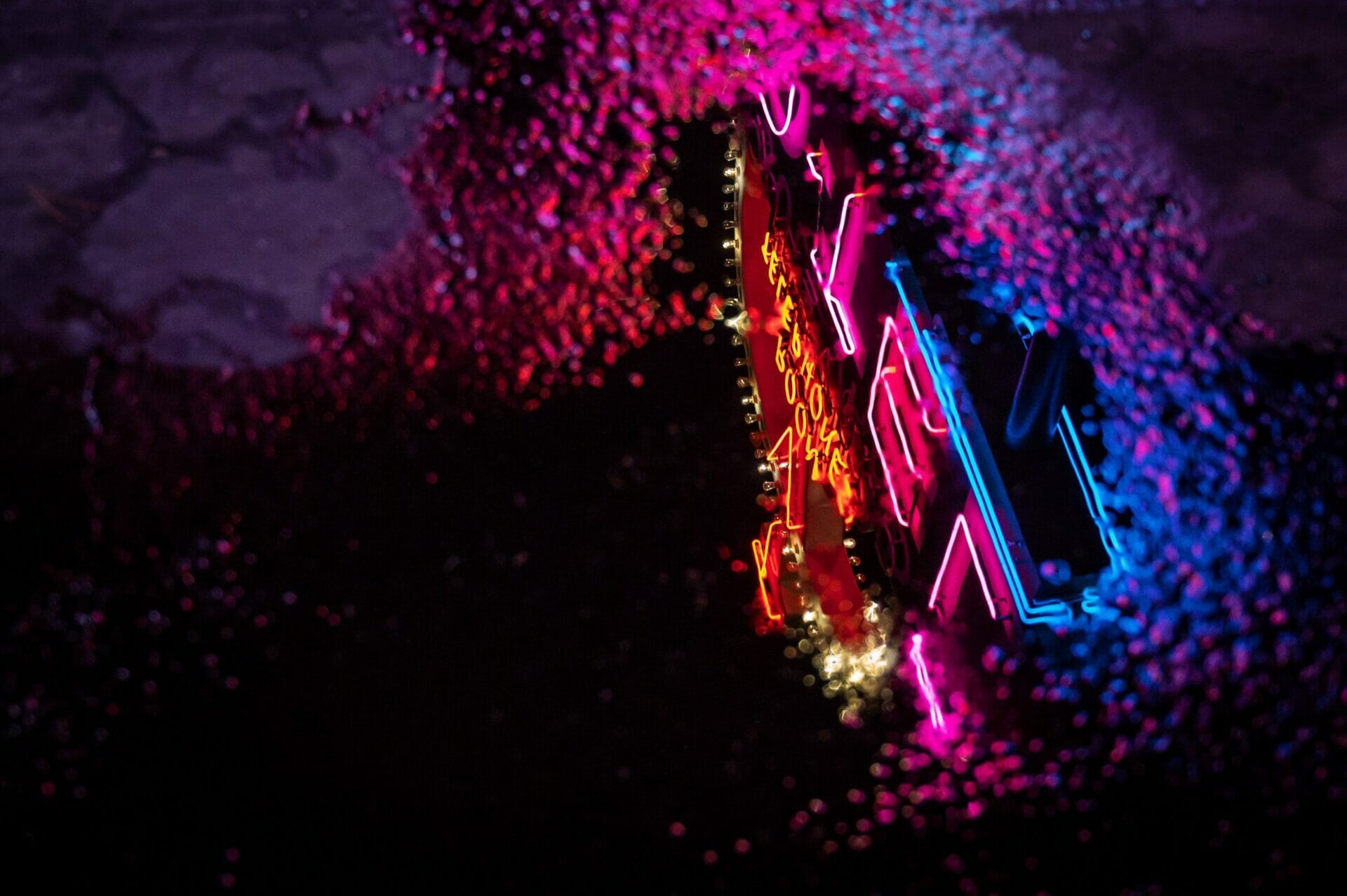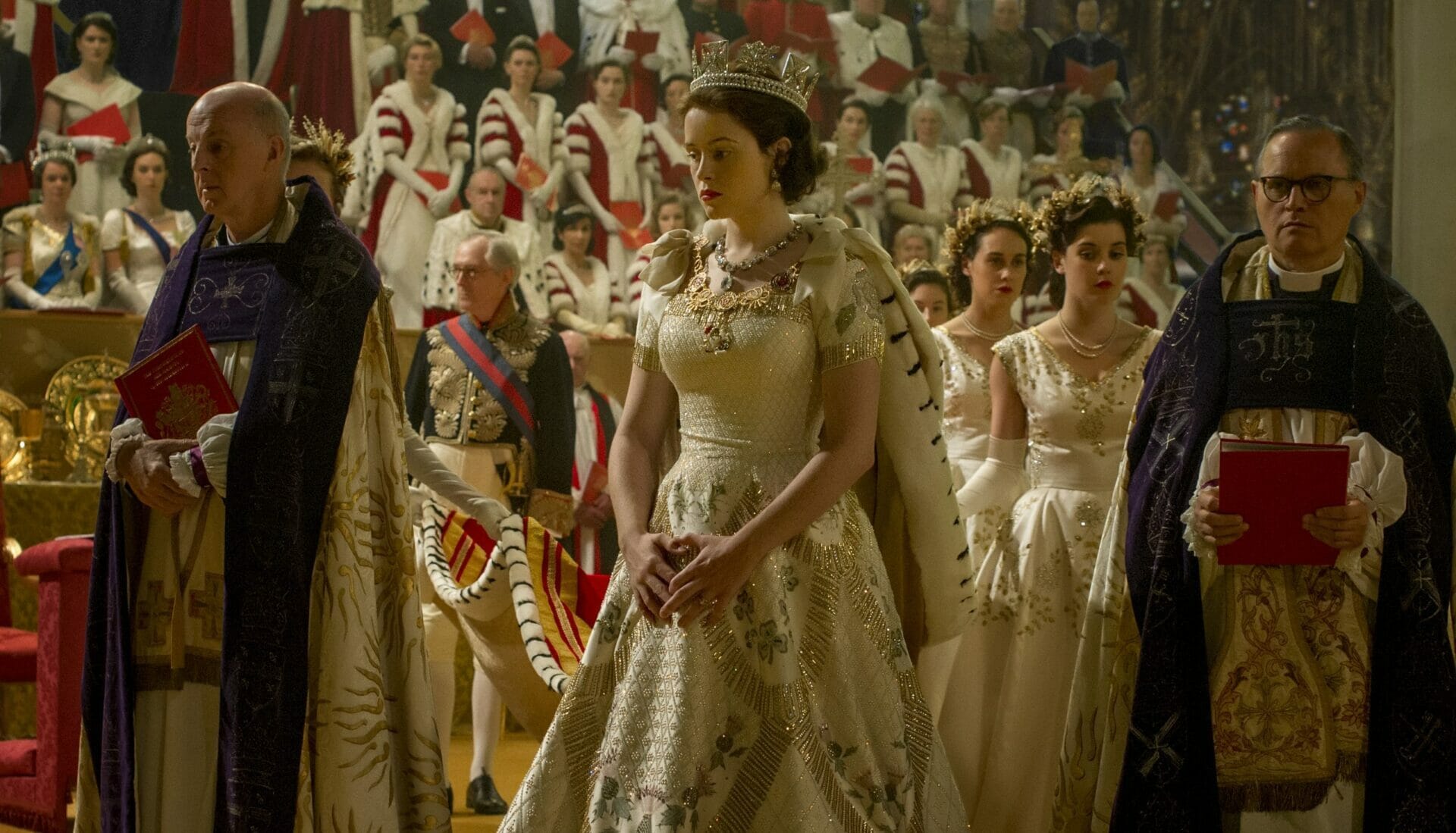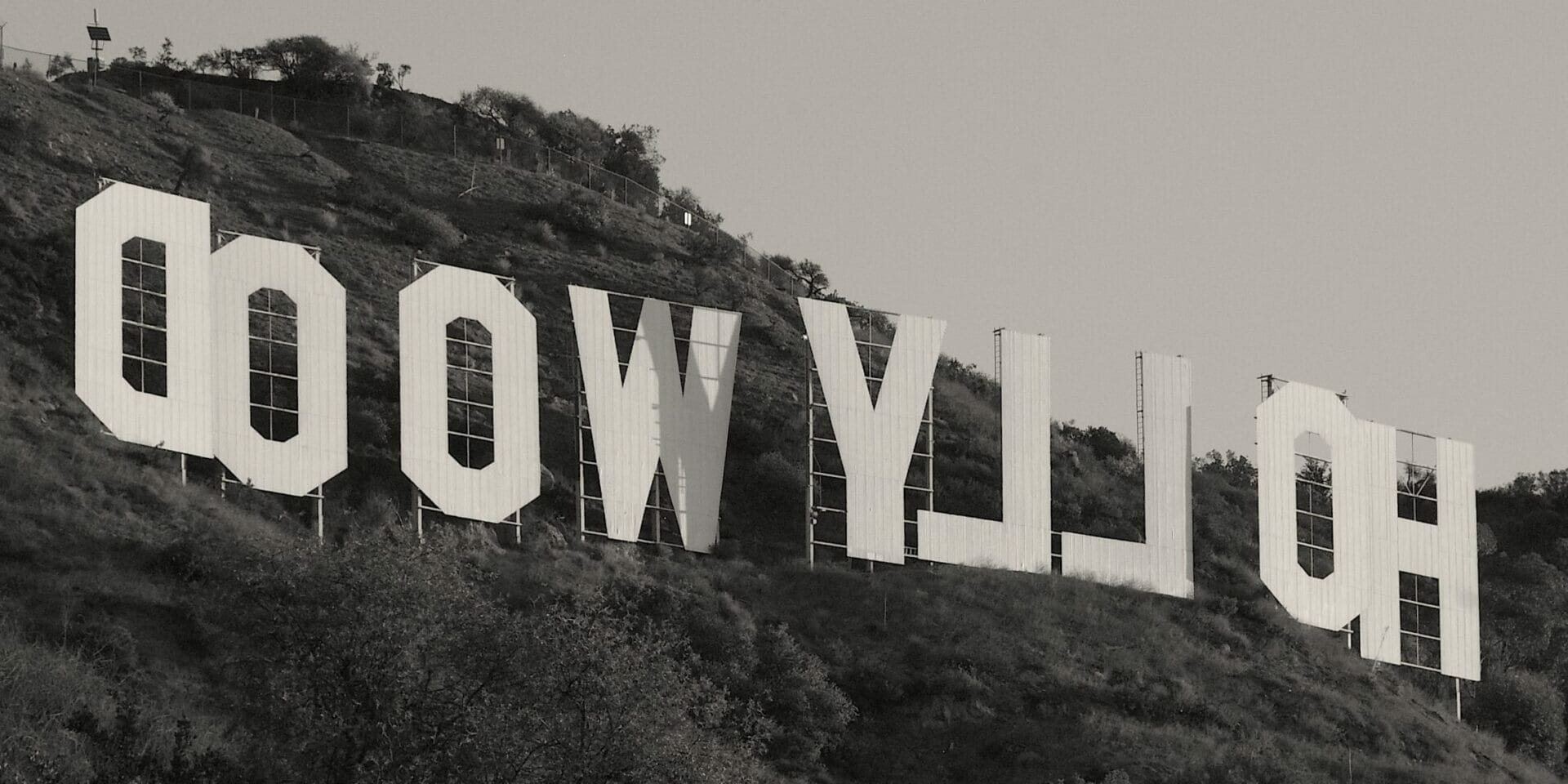
Last Night in Soho | A glamorous tribute to the swinging 60's
Year
Runtime
Director
Cinematographer
Production Designer
Music by
Country
Format
Genre
Subgenre
Four years after Baby Driver (2017) won the BAFTA Award for Best Editing, director Edgar Wright returns with a hallucinatory nightmare set in the heart of London. Screening out of competition at the 78th Venice International Film Festival in September 2021, Last Night in Soho portrays the gleaming lights of London, in contrast with a dark plot with seedy characters, to show how easy it is to romanticize the past and fall into its trap.
Eloise Turner, a naive 21st-century teen girl played by Thomasin McKenzie (Jojo Rabbit), leaves the countryside to study and pursue her dream of becoming a fashion designer in London. She is traumatized by the loss of her suicidal mother who, years earlier, could not bear the city’s overwhelming reality. Haunted by the past, she sees her mother’s ghost in her bedroom mirror. It is unclear whether it is a hallucination or if Eloise has a gift, but she is afraid she will end up with the same fate. However, she is ready to do her best to prove that she can make it on her own.
At Fashion School, her colleagues question Eloise’s sanity and her skills as a stylist. Music is her only escape. She puts on her headphones and starts dreaming of a better place. Or a better time.
Dreams turn into haunting shadows
Eloise rents a room in an apartment in Soho hoping to find peace, but she experiences quite the opposite. She starts having vivid dreams about an aspiring ’60s singer named Sandie, played by Anya Taylor-Joy (The Queen’s Gambit), who starts a passionate relationship with Jack, a talent scout played by Matt Smith (The Crown).
Blonde, beautiful, stylish, and confident – just like Lily (Mila Kunis), the seductive dancer in Darren Aronofsky’s Black Swan – Sandie represents everything Eloise can’t be. That’s why she decides to use her visions to inspire her fashion sketches. But the allure of her muse consumes her. It turns into a real obsession, and Eloise gets lost in her.
Her dreams about time travel start to haunt her daily life. As the plot unfolds, she discovers Sandie is not just a product of her imagination but something akin to her mother’s ghost. An echo from the past looking for revenge. Sandie’s dream of being the next Cilla Black – one of the UK’s most versatile and celebrated artists – falls apart.
Condone or condemn?
While America was facing the rise of the post-war Republican Party, the UK in the fifties and sixties were leaving their conservative gloom behind. It took just a decade. Ladbroke Grove and Notting Hill owned the underground scene, while the West End became the heart of the world of entertainment. Music, movies, experimentation, and the promise of Civil Rights and sexual liberation. Last Night in Soho takes advantage of this perspective on social politics to subvert the trope of the female victim.
Since the Twin Peaks pilot, which opens on the dead body of honey-blonde Laura Palmer, guilty of living a life outside of traditional gender roles, many attempts have shown rebellious blonde characters with more depth. One of the most successful examples is Joss Whedon’s horror TV show Buffy the Vampire Slayer (1997). Although she embodies the naive newcomer, she is also the unmanageable smart-mouth who loses her virginity to a centenarian vampire. Both prey and hunter, she spends seven seasons looking for revenge while busting stereotypes. Edgar Wright couldn’t ignore such a precedent when making Last Night in Soho. Gradually in the film, Eloise shifts from being an innocent daydreamer to a detective looking for justice. Her brand-new blonde hair is a weapon: she has to dive into her nightmares and accept her demons to overcome her fears. She’s both a victim and a fighter at the same time.
A series of lucky references
Subverting the haunted house theme into a more contemporary whodunnit leaves more room to play with elements of different genres. In an interview with Polygon, Edgar Wright stated: “The movies I looked to were the films that influenced the great Giallo films, going back to British directors like Alfred Hitchcock, Michael Powell, and Emeric Pressburger.”
In Last Night in Soho, however, Edgar Wright does not use visual omissions to create suspense. The blood – bright red, almost fake-looking – flows as in Mario Bava’s A Bay of Blood (1971), while Dario Argento’s cinematography influenced the use of vivid lighting and colors. Together with costume designer Odile Dicks-Mireaux, the director looked to Italian horror movies of the 1970s to restore that sense of vintage glamour combined with Eloise’s contemporary touch. Everything celebrates London’s shimmering elegance, from the Twiggy-inspired peach-colored chiffon tent dress to the ghostly white vinyl trench coat almost identical to the iconic Breakfast at Tiffany’s outfit (1961).
Ghosts ask for justice
The third act leaves behind the psychological horror to become one hundred percent a crime story. All the while, Eloise believes the ghost. She takes her side to the point that sometimes their identities merge. But there’s nothing Lynchian about it. Presented as an exploration of the double with a strong horror background, the plot tends toward a coming-of-age for young adults, narrowing its original target viewership.
When it comes to a girl trying to solve crimes using her supernatural gift, there are two TV shows to keep in mind. Indeed, NBC’s Medium (2005) and CBS’s Ghost Whisperer (2005) made their fortunes by letting dead people get their postmortem justice for several seasons. It’s easy enough, then, for a trained viewership, to guess the plot twist, since no crime story features unnecessary characters. Even so, Last Night in Soho does not fail to entertain with particularly engaging editing – the director’s trademark – and a thrilling feeling enhanced by some original visual solutions in composition.
No rose-colored glasses
As in the case of Baby Driver, Last Night in Soho bets everything on the ending. The finale warns viewers about the past as a form of escapism from today’s issues. It reveals the nostalgia trap that dominates recent storytelling. From Stranger Things to Ghostbusters Afterlife to Star Wars, the feel-good sensation of romanticizing the past yields the entertainment industry huge capital, gaining a widespread presence on the international market with reboots and remakes.
As Professor Clay Routledge writes, “Nostalgia makes people feel loved and valued and increases perceptions of social support when lonely”. But being this an era of increasing loneliness, according to The New Yorker, it’s unlikely to hope for a more diversified offer any time soon. By showing how the past can become an obsession more than a refuge, Last Night in Soho is an invitation to stay grounded, take off the rose-colored glasses, and move on.
Tag
Buy a ☕ for Hypercritic









